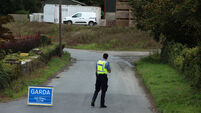It’s time to pick your colours, climbers, and ramblers, and be optimistic for the summer
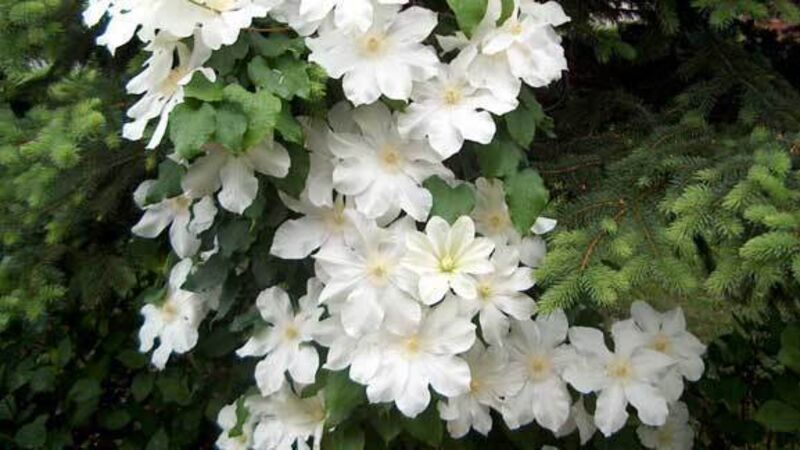
Growth is speeding up and certain jobs if not done now will run away on you.
Climbers in particular should be tied in during spring, encouraged and trained onto their supports. These supports may be trellis or wire or even a tree trunk.
Clematis montana, which is opening into bloom now, will soon be awash with pink or white flowers and is a fantastic plant to grow up the base of a tree.
Just be careful as it is vigorous and can physically overcome smaller specimens and should really only be grown up large mature trees or on a wall.
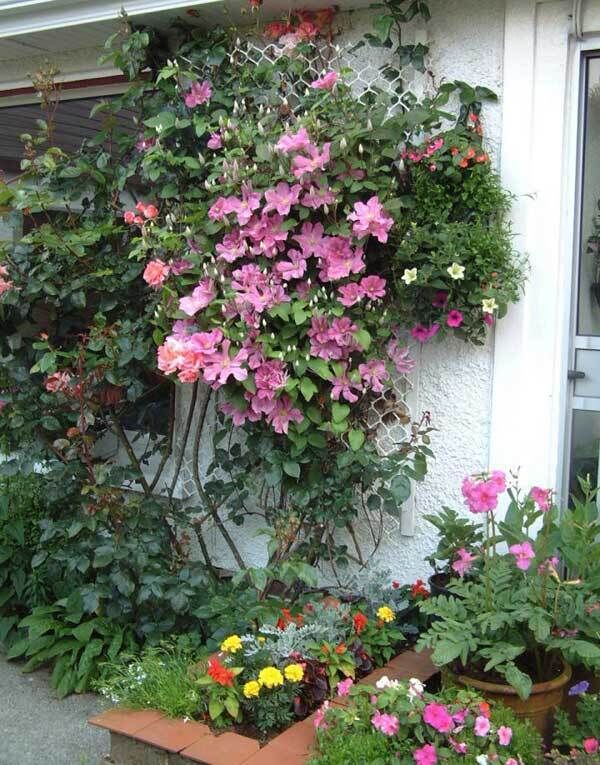
It’s also a great plant to use to add life to that most ugly of garden features the — Leyland hedge.
Plant it at the base of a mature hedge, feed it well and watch it scramble through the Leyland turning this green wall into a vibrant, living pink wall for a month or more, mix it with a later flowering variety such as ‘the President’ to extend the season of colour.
Rambling roses should also be tied in accordingly at this time of the year, before so much growth has been produced to make it an impossible task.
One such rose that seems to thrive in nearly all positions is that named after Lady Banks, Rosa banksiae, wife of the renowned botanist of the 18th and 19th centuries, Joseph Banks.
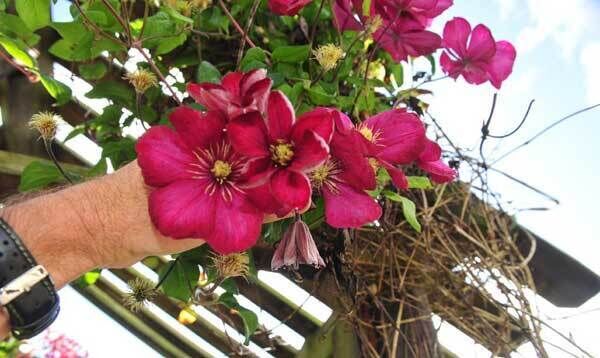
Joseph was, among other things, instrumental in the development of Kew Gardens as a centre of excellence.
This species of rose was introduced into the UK from China by William Kerr, a plant-hunter sent on an expedition by Joseph who then named the species after his wife.
Interesting as this background may be, it is nothing to do with why I grow it.
When I think of a rose I think of the classic Hybrid T type flower such as ‘Whiskey Mac’ or the floribunda ‘Trumpeter’ or the classic old English David Austin types like ‘Gertrude Jekyll’.
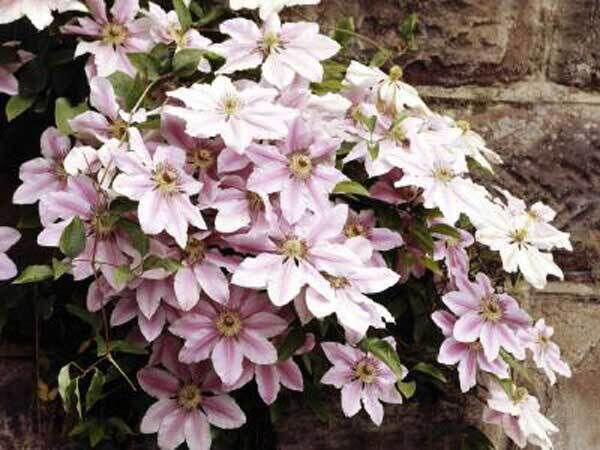
Rosa banksiae is nothing like any of these, but is rather a profusion of small flowers, either white (Alba) or yellow (Lutea) depending on the variety produced on evergreen, nearly thornless stems.
Flowering early and for a long time, it normally comes into flower for me in about May and keeps going throughout most of the summer.
In these online days, when so many have at least one, if not several social media profiles, it’s all too easy to see what a person looks like before you ever meet them.
Indeed, the way the world has changed, I have many ‘friends’ and connections online, from all parts of the world with whom I enjoy discussing gardening or even just admiring garden photos — although I may never end up meeting many of them.

I had heard of the rose ‘Rambling Rector’ for many years before I ever found one — this was many years ago — and I loved the name of course, conjuring up all sorts of images.
I’m not sure what I was picturing at the time, but the prolific display of white blooms that this rambler produces is nothing like what I expected.
Masses of simple, semi-double white flowers are produced in absolute abundance on long twining stems which will hang down from a pergola or tree or whatever support it has, to give the effect of a plant dripping with white flowers.
Ramblers are a group of roses oft forgotten and they shouldn’t be — for they bring that lovely ‘country cottage’ look to any garden and they couldn’t be less work. Anytime from early autumn onwards cut them back hard.
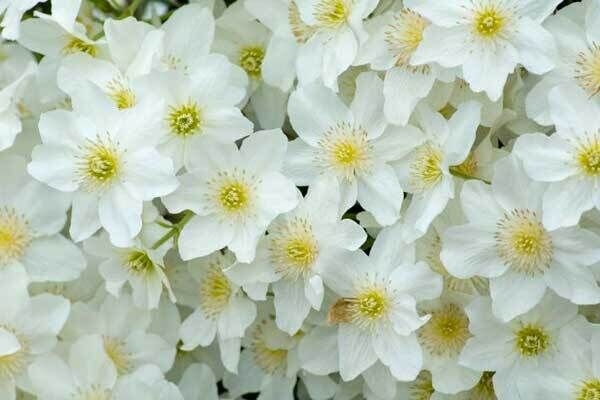
None of this worrying about cutting at an angle above the bud for me — that all sounds like far too much work; advice given by someone trying to make this gardening lark sound more difficult than it is.
To use the technical term, hack them back. Remove stems that flowered earlier in the summer, retaining new growth which hasn’t yet flowered.
With established plants, I would recommend removing some of the mature branches completely each year so that the plant is constantly regenerating.
Then, at this time of the year, as growth is beginning to progress rapidly, tie in the fresh stems that will produce the fantastic floral display this summer.









